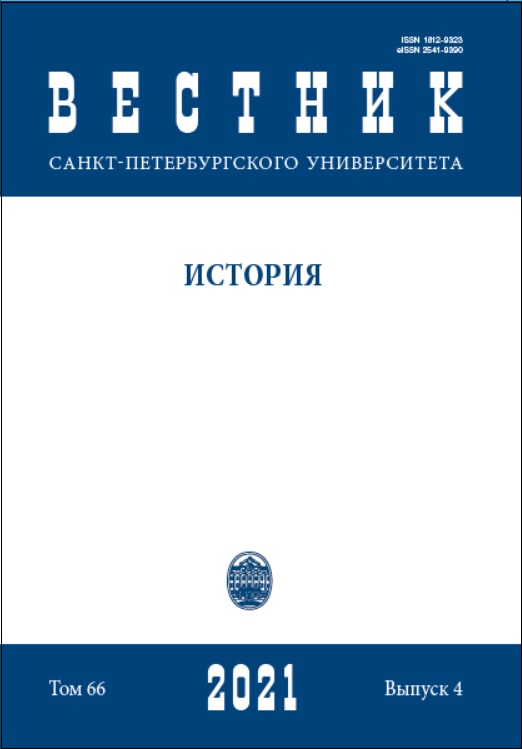Металлопроизводство и его роль в культурогенезе Волго-Уралья на рубеже энеолита и раннего бронзового века
DOI:
https://doi.org/10.21638/spbu02.2021.413Аннотация
В статье автор обобщил данные, полученные в последние десятилетия, по металлургии и металлообработке в Каргалинском горно-металлургическом центре в Южном Приуралье, что позволило показать связь местного металлопроизводства с началом культурогенеза ямной культуры в Волго-Уральском регионе. Морфология и технология медных изделий из памятников ямной культуры Южного Приуралья в сравнении с майкопским очагом металлопроизводства, а также с металлическими изделиями западных вариантов ямной культуры оригинальны и отличаются собственной спецификой. Сырьевой базой для становления приуральского очага металлообработки послужило Каргалинское месторождение медной руды, расположенное вблизи г. Оренбурга. Каргалинские мастера выработали ряд уникальных приемов в получении и обработке не только меди, но и метеоритного железа. Большим разнообразием в памятниках ямной культуры Приуралья отличается ассортимент металлических изделий, включающий серию орудий и предметов вооружения, не имеющих аналогов в других центрах металлургического производства раннего бронзового века. Производство металла и изделий из меди у населения ямной культуры в Волго-Уральском регионе играло важную роль в экономике местного населения. Оно возникло на раннем (репинском) этапе и успешно развивалось на последующих этапах: развитом (городцовском) и на позднем (полтавкинском) этапах ямной культуры. Население Волго-Уралья начинает использовать продукты металлопроизводства в эпоху энеолита, когда они поступали из Балкано-Карпатского очага. В дальнейшем под его влиянием возник Приуральский ГМЦ. Значительно в меньшей степени на развитие металлургии и металлообработки в Каргалинском горно-металлургическом очаге оказывали культурные связи ямной культуры с майкопской культурой Предкавказья. По данным исследования морфологии медных изделий и согласно металлографическому анализу зафиксирована миграция небольших групп приуральских мастеров в степное Зауралье и Южную Сибирь на развитом этапе ямной культуры.
Ключевые слова:
металлопроизводство, Волго-Уральский регион, ямная культура, культурогенез
Скачивания
Загрузки
Опубликован
Как цитировать
Выпуск
Раздел
Лицензия
Статьи журнала «Вестник Санкт-Петербургского университета. История» находятся в открытом доступе и распространяются в соответствии с условиями Лицензионного Договора с Санкт-Петербургским государственным университетом, который бесплатно предоставляет авторам неограниченное распространение и самостоятельное архивирование.





